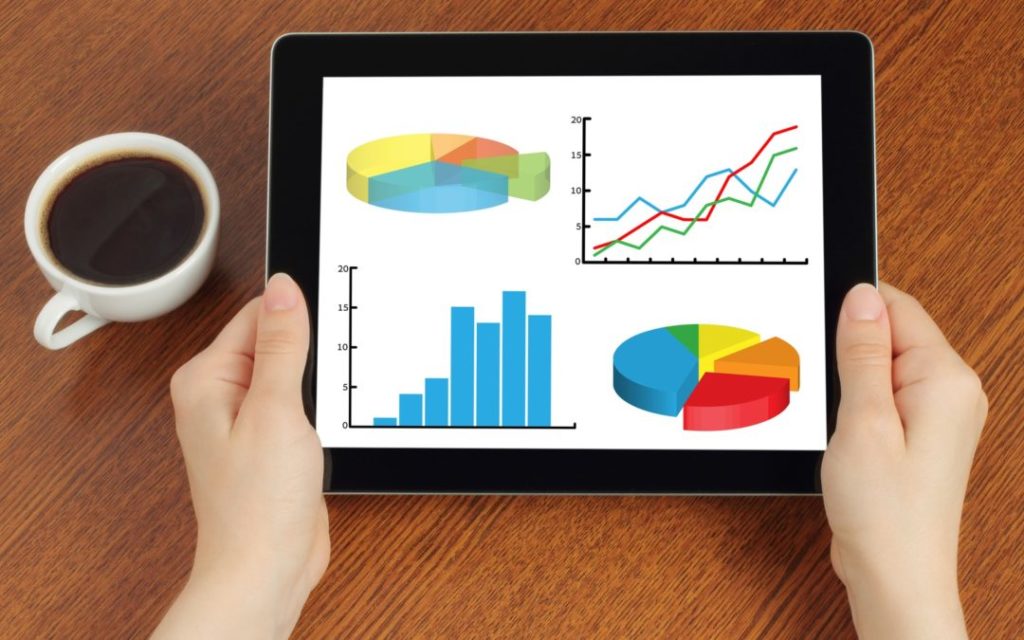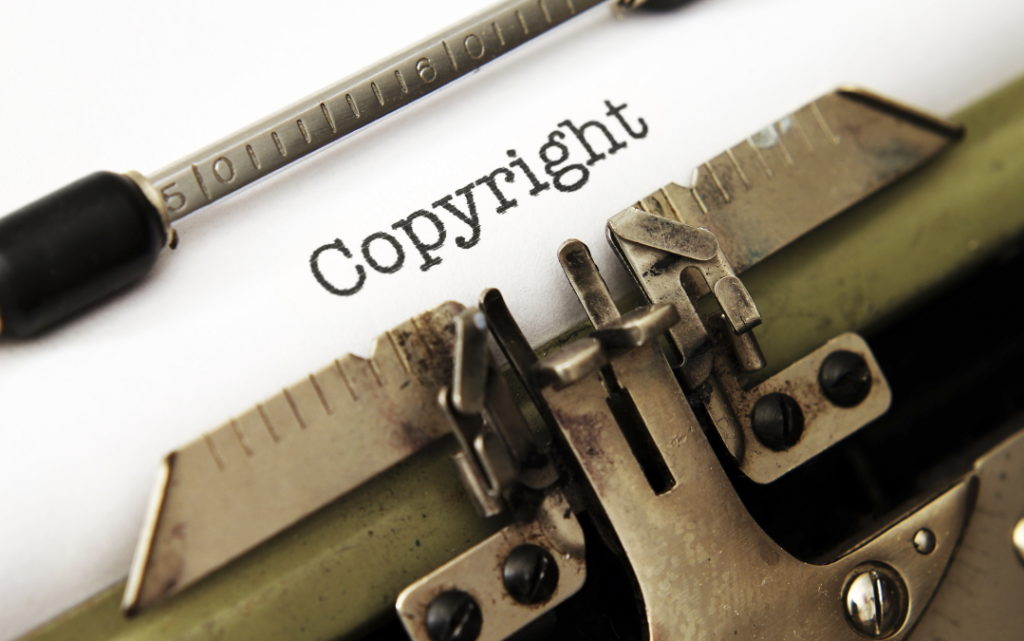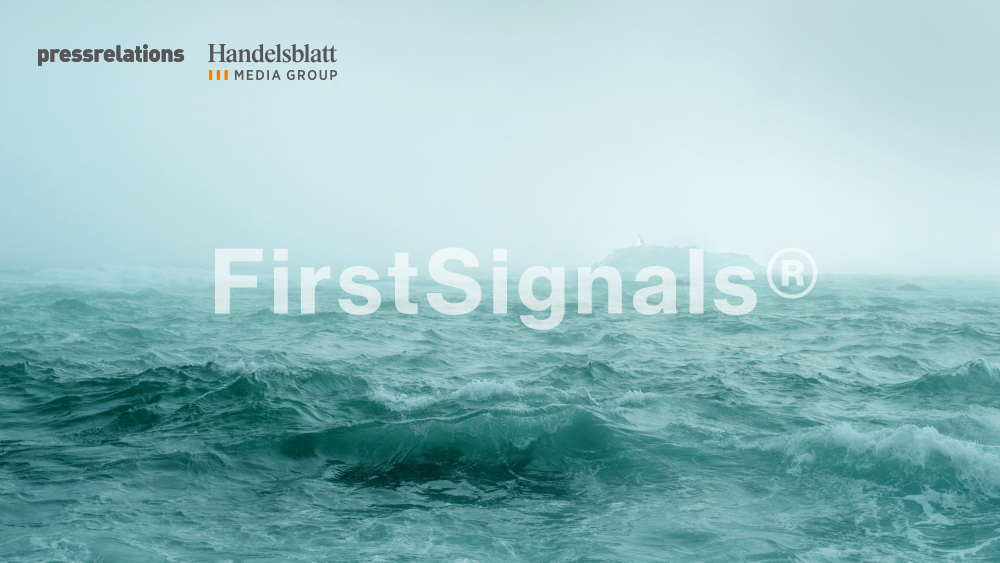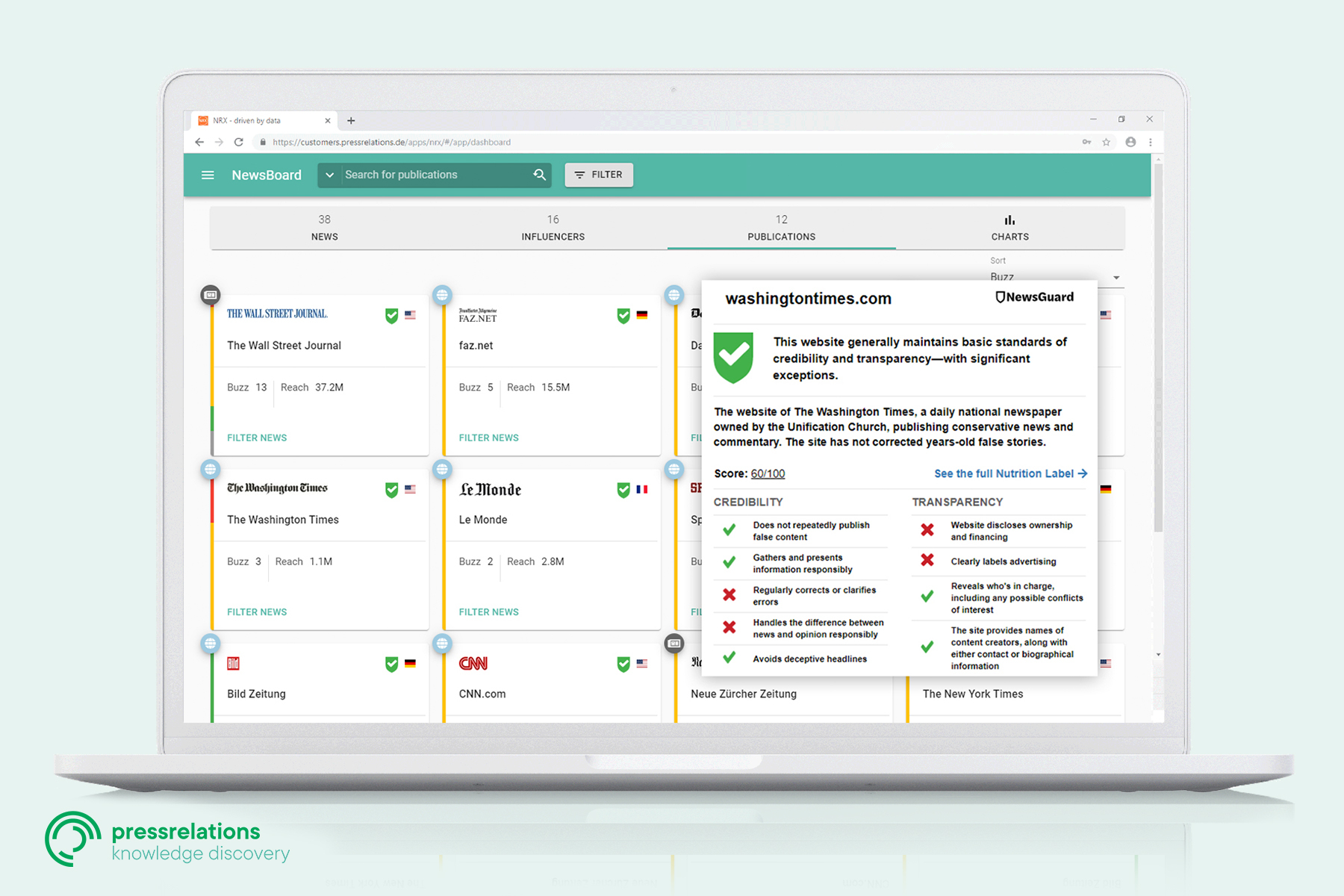In our new series we take a closer look at some essential and sought-after key figures for analysis and explain the pros and cons. Today we highlight one of the most popular and, at the same time, controversial figures that has been the focus of contradictory discourse not least since the publishing of the Barcelona Principles by the AMEC: the Advertising Value Equivalency (AVE).
There are numerous formulas for its calculation; some of them are extremely complex, others are more transparent but, at the same time, almost questionable.
Nonetheless, in our experience this very number is the central figure which makes or breaks a successful PR campaign for many businesses. When evaluating a sponsorship commitment the advertising value is often the only figure that can measure success. This alone is reason enough to talk about its pros, cons, calculation basis and the field of application.
The starting point – basic premises
As the name suggests, AVE provides information on how much a company, an organisation or an institution would have to pay if the editorial article would have to be bought as an advert. Here we can refer to it as so-called opportunity proceeds or, better yet, return on investment (ROI) of a PR work.
The underlying premise that editorial pieces receive the same degree of attention as adverts faces a large amount of scepticism from media scientists and psychologists. Furthermore, in contrast to adverts, a publication of an editorial piece and its contents cannot simply be ‘placed’ or designed.
A long, tediously written article will not attract as much attention as an exciting, visually stimulating advert – and there is nothing we can do about it. On the other hand, an insightful journalistic piece will grab our full attention, leave us processing it for days on end and finally internalising it, while an unimaginative advert would not even catch our eye.
In other words, the AVE value only reflects the quantity, not quality.
The calculation basis – size does matter
If you want to make proper use of the AVE value you will not be able to find your way around the underlying formula: in printed press we simply calculate the size of the article (height x width in cm2) and take the cost that we would have to pay for an advert of the equivalent size. This formula seems logical, but it does have some caveats. Firstly, we do not always have a valid advertising cost (e.g. adverts with a prominent placement on the cover are a special format individually calculated by the publisher). Secondly, the size of the article does not say anything about the value of its content. For example, the value a teaser exposing the corrupt and inhumane structure of a company will be as high as that of an article that shows the same company in the best light.
The calculation of the AVE value for TV and radio broadcasts is based on the length of the broadcast and the advertising costs of the broadcaster in correlation with the time of day. The problem here is that there is no information on the advertising costs to calculate the AVE value for so-called advertising-free times of ARD and ZDF as well as other advertising-free stations. This means that the AVE value cannot be calculated for the majority of German broadcasters, or it can only be calculated in approximation.
For online media the value of AVE is normally calculated based on the number of visits and the thousand-contact price (TCP). In this case we have the same problems and inaccuracies as with the printed press. Additionally, the number of visits to a website is always taken on a general monthly basis and does not represent the number of visits to a webpage containing the article in question. There is simply no way to calculate how many people have actually read the article.
Exclusivity or mention?
Also, if you plan on using the AVE value you need to know which articles to include in your calculations. Often, all articles that talk about your company are included, even if it is just a mention. In its unweighted form the AVE value is based on the size of the article, meaning that the article that covers your business exclusively will have the same value as the one that merely mentions your company. Therefore, it is doubtful that the value calculated in such a way represents the same amount of attention as, for example, an advert of the same size.
Solutions and alternatives: considering weighting, grading and context
Each company has to decide whether to include the AVE value into the analysis or the evaluation of the PR work. At the end of the day, this number, as imperfect as it is, can provide valuable information if you consider some fundamentals:
- If you consider the AVE value to be one of the central pillars of your evaluation, we recommend that you work with a so-called weighted AVE value. Depending on your goals, you can incorporate tonality (positive or negative profile of your company in the media) or exclusivity. This way you will get the value that at least remotely reflects the quality of the coverage. This will also increase the accuracy of your analysis.
- We also recommend that you calculate the AVE value over a prolonged period of time. This is the only way to determine the comparable values that would give you an insight into the changes in media resonance. It is important to ensure that the formula and the media set, i.e. the data included in your analysis, remain the same throughout the chosen period of time.
- Also, consider other values. Even if you are not looking to create a comprehensive analysis of your media resonance, the AVE value should not be the only basis for ‘a quick overview’. A purely quantitative report will strongly benefit from such figures as the number of articles juxtaposed with reach, tonality (if possible) and your competition.
- Always keep in mind that the AVE value alone does not provide a scientifically accurate figure. In other words, you have to realise that the AVE value does not directly represent the value of your PR work.
If you have any questions about the AVE value we encourage you to contact us personally or make an appointment for a workshop on Key Figures & Analysis – talk to us!
META description:
Is the AVE value a sensible measure of your success? In our new blog series we delve into the important and sought-after key figures of analysis.






